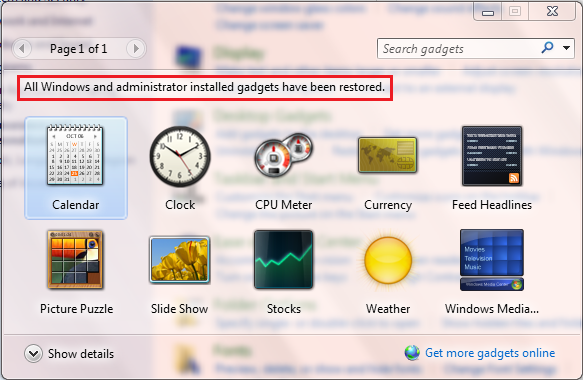Reformatting your Windows XP computer has three main
parts:
- Reformatting
the computer from your operating system CD.
- Reinstalling
the drivers that came with your computer.
- Running
Windows Update to reinstall all security updates and patches.
Please contact the ITS Help Desk (384-4357) prior to
reformatting your computer if you have questions about any of these processes
involved.
NOTE: If you have a network
connection, please unplug from the network before starting installation.
1. First, make sure that your computer is set to Boot
to CD. This is a different procedure depending on your
computer. When your computer first boots look for an option to enter the
BIOS settings. Under the BIOS settings find the "Boot Order"
and make sure the CD-ROM is set to boot first. If you have any problems
with this please contact the ITS Help Desk at 319-384-HELP.
2. With the Windows XP CD in the CD-ROM drive, save your BIOS settings and
exit.
3. If you've done everything correctly you should be asked to "Press Any
Key to Boot from CD".
4. After installing the necessary setup files, Windows XP
will display your partitions. Delete any existing partitions by selecting
the desired partition with the arrow keys, press D to delete and then L
to confirm the deletion.
5. You should now have only one option, "Unpartitioned Space". Press Enter to install Windows XP to the unpartitioned space.
6. When asked how you would like to format the partition, select "Format using the NTFS file system".
7. After the partition is formatted, Windows XP will begin
installation. The computer will reboot. While the computer is
rebooting, please do not touch any keys. From now on the screens will
look like the following:
8. Enter your product key. If you purchased Windows XP from the IMU
Bookstore, the product key will be located on the back of the sleeve
your CD came in. If you are reformatting using a Windows XP CD that
came with your computer, the product key may be located on a sticker
somewhere on your computer case.
9. When asked for Network Settings, choose "Typical Settings".
10. Windows XP will now complete installation. Upon completion you will
need to re-install the drivers for your hardware (Modem, Sound, Video,
etc). Many PC companies such as Dell, Gateway, and HP will include a
"Driver Installation CD" with the computer. Simply insert the CD and
follow the instructions. Otherwise, you can download current drivers
from many manufacturer's support web sites. If you have any problems
please contact the
ITS Help Desk at 319-384-HELP.
11. Next turn on the Internet Connection Firewall. Instructions to turn on the Internet Connection Firewall
12. Reconnect your computer to the Network.
13. Run Windows Update by opening Internet Explorer, then clicking
on Tools -> Windows Update. Follow the on-screen instructions for
installing critical updates.
14. Restart your computer.










(1).jpg)
(2).jpg)
(3).jpg)
(4).jpg)
(5).jpg)
(6).jpg)
(7).jpg)